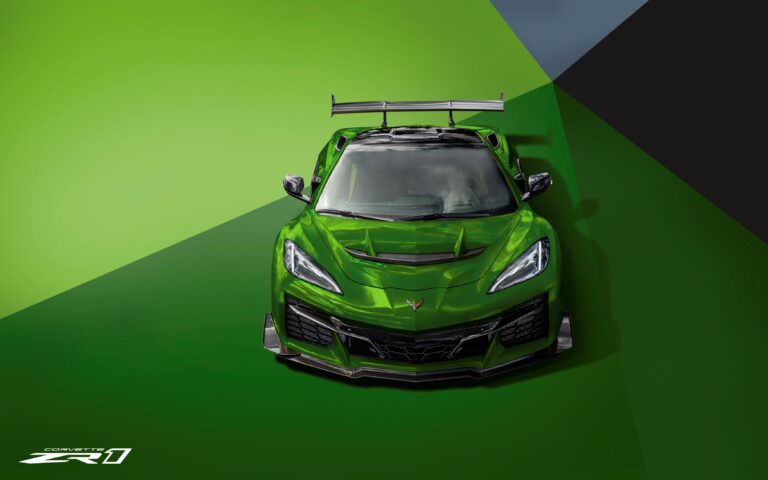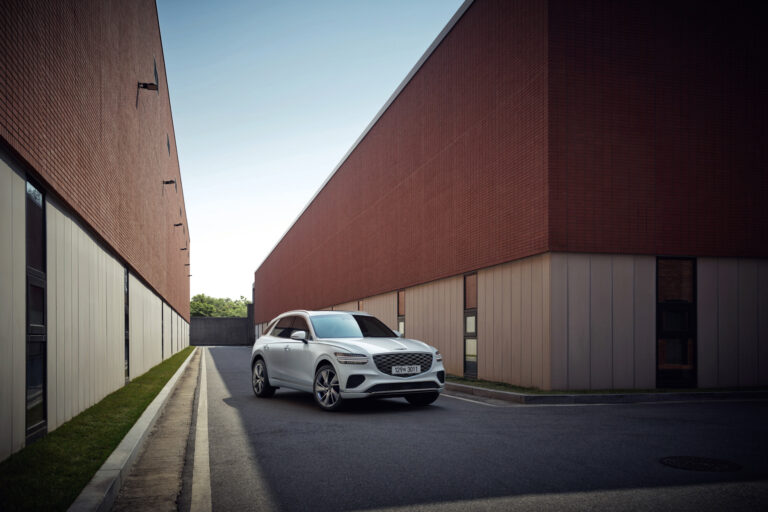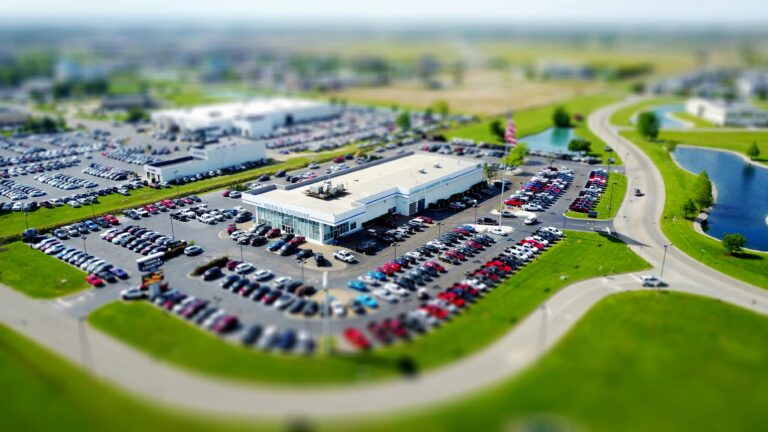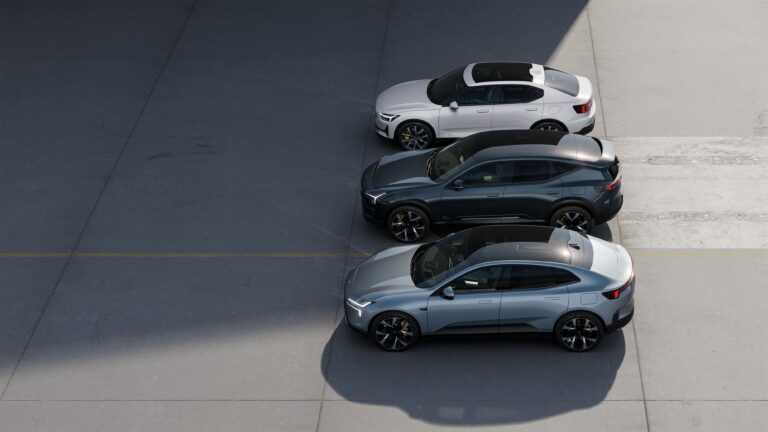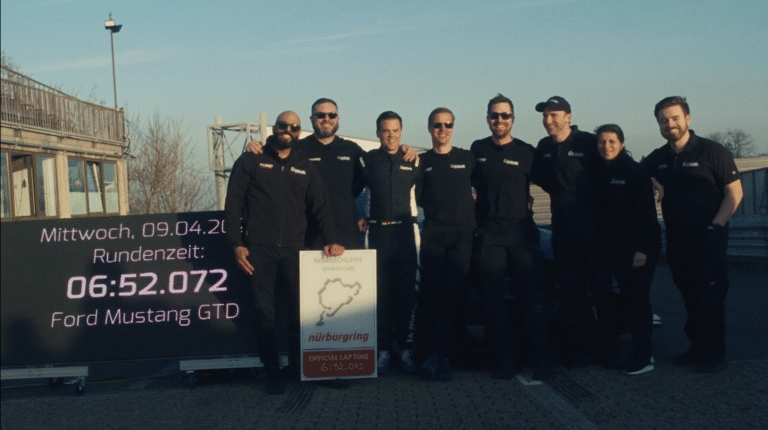From Sketch to Supersonic: How the Bugatti Veyron Was Nearly an 18-Cylinder Saloon
By Nik Miles | Test Miles
Let us begin with a little-known fact that might make your morning coffee quiver in its cup: the Bugatti Veyron—the world’s first 1,000-horsepower production car—was nearly a four-door saloon with an 18-cylinder engine up front and a boot big enough for golf clubs and an existential crisis. Yes, dear reader, before Bugatti rewrote the laws of physics, it first flirted with being frightfully French and fabulously formal.
This, then, is the origin story of a car that made grown men cry and accountants wince. And like any good epic, it begins on a train.

The Envelope That Launched a Thousand Horsepower
In 1997, Ferdinand Piëch—then Chairman of Volkswagen Group and a man known for turning engineering into bloodsport—sketched a W18 engine on the back of an envelope while riding Japan’s bullet train. What followed was not a polite memo, but a mandate: build the most powerful road car in the world, and make it behave like a Bentley on Sunday.
By May 1998, VW had bought the rights to Bugatti. Why? Because Mercedes already owned Maybach, and Audi had just swiped Lamborghini. In the automotive Game of Thrones, this was Piëch’s dragon egg.

Q: What was Bugatti’s first step in building the Veyron?
A: A luxury coupé with an 18-cylinder engine and Art Deco upholstery. Naturally.
Enter the EB 118, unveiled at the 1998 Paris Motor Show. Designed by Italdesign’s Giorgetto Giugiaro, it looked like a mafia banker’s dream: a two-door grand tourer with a 6.3-liter W18 engine up front, permanent all-wheel drive, and a bonnet so long you could land a drone on it. The cabin? Art Deco on acid. If Gatsby had a garage, this would’ve been parked next to the champagne.
And it wasn’t a one-off. The EB 218 arrived six months later—a full-size four-door saloon with the same W18 engine and enough polished wood to reforest Devon. It was plush, powerful, and utterly misguided for a company meant to rival Ferrari, not Rolls-Royce.

Q: So when did Bugatti get serious about speed?
A: When it stopped designing luxury barges and built the EB 18/3 Chiron.
The tide turned at Frankfurt in 1999. Bugatti (still under VW’s wing) revealed the EB 18/3 Chiron—a proper two-seater mid-engine hypercar designed by Fabrizio Giugiaro. Still powered by the W18, this concept was shorter, sharper, and named after Bugatti legend Louis Chiron. Think of it as a gentleman’s missile: refined enough for Monte Carlo, angry enough for Nürburgring.
But the W18 had issues. It was wide, complex, and not particularly fond of thermodynamics. So in a pivotal moment of engineering pragmatism, Bugatti ditched it.

Q: What made the Veyron possible?
A: A smaller engine with fewer cylinders and more turbos. Because science.
By 2000, the W18 had been binned in favor of something both madder and cleverer: a quad-turbocharged W16. Yes, they cut two cylinders but added four turbochargers—because subtlety was never part of the brief. The new 8.0-liter monster made 1,001 horsepower, forced engineers to invent new cooling systems, and set speed records before it even reached dealerships.
The production prototype, the EB 18/4 Veyron, bowed in Tokyo in 1999, penned by Jozef Kabaň under the VW design team. It looked—finally—like the Veyron: rounded haunches, mid-engine proportions, and the design language that would terrify every tire manufacturer from Bridgestone to Pirelli for the next decade.

Q: What made the Veyron more than just a fast car?
A: It was obsessively engineered to be usable. Like a Swiss watch with launch control.
Piëch’s brief wasn’t to build the fastest car in the world. It was to build the fastest car that could also idle in Beverly Hills traffic without exploding or melting its crankshaft. The final Veyron 16.4, launched in 2005, was a triumph of software, metallurgy, and sheer Germanic stubbornness. It did 0-60 in under 2.5 seconds and had a top speed north of 250 mph—all while offering leather-lined civility and, yes, a working cupholder.

Q: Is the Veyron still relevant in today’s EV-obsessed world?
A: Absolutely. It taught the industry that engineering limits are often psychological.
Before Rimac, before Lucid, before Elon’s Twitter tantrums, the Veyron showed us that rules were optional. It was the first to make “a thousand horsepower” a reality rather than a pub boast. It was unapologetically excessive, ludicrously expensive, and still surprisingly tasteful—proof that speed, when paired with civility, can elevate a brand from niche to myth.
Bugatti’s journey from saloon cars with 18 cylinders to the world-beating Veyron wasn’t just a tale of horsepower. It was about daring to do the absurd, to abandon good sense in pursuit of greatness. It turned an envelope doodle into automotive legend.
📢 Enjoyed this article? Stay in the driver’s seat with more automotive insights! Follow @NikJMiles and @TestMiles on social media for the latest news, reviews, and behind-the-scenes exclusives. Don’t miss out—join the conversation today!
SEO Keywords:
Headline: How an 18-Cylinder Luxury Barge Became the Bugatti Veyron: The Hypercar Nobody Expected


